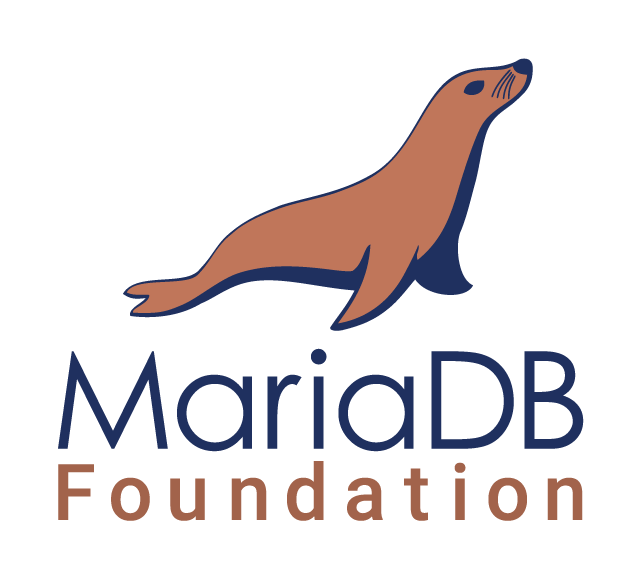MariaDB release cycle

MariaDB Release Cycle
In this article, we will explore the MariaDB release cycle and how it has been continuously developed over the years. We’ll also discuss how to choose the right version of MariaDB as well as look at some code examples.
History of MariaDB
MariaDB was released in 2009 by MySQL founder and original developer, Michael “Monty” Widenius. After MySQL was acquired by Oracle in 2008, Widenius decided to fork the source code and create a new project that would remain free, open source, and community-oriented.
MariaDB quickly grew in popularity and made it into the top 20 of relational databases in use at large websites according to the DB-Engines Ranking. Today, MariaDB is a widely used database engine powering many large websites, including Wikipedia and Google.
MariaDB Release Cycle
MariaDB follows a regular software release cycle which includes versions from 5.5 to 10.5. These versions are designated as “major” releases, each of which contains important new features and updates.
Minor versions are released on an as-needed basis, with bug fixes and other smaller patches. They are usually released as needed, usually within 2 weeks of the major release.
The release cycle for MariaDB also includes “bugfix” releases which address only minor stability and security issues. These releases come out less often, typically when needed.
Finally, MariaDB also participates in the Long Term Support (LTS) program, which guarantees support and security fixes for the entire duration of the LTS. Currently, the latest LTS release is MariaDB 10.4 and is slated to be supported until 2024.
Choosing the Right Version of MariaDB
Choosing the right version of MariaDB for your project can be difficult. Generally, you’ll want to choose the newest version available as it will have the most up-to-date features and security patches. However, if you need certain specific features or need to remain compatible with existing applications, you may opt for an older version.
When choosing a version of MariaDB, keep in mind the following points:
- Is the version compatible with your existing applications?
- Does the version contain the features you need?
- Are there any security vulnerabilities with the version?
- Is the version still being supported and maintained?
- Do you need to upgrade anytime soon?
Code Examples
Below is an example of how to connect to a MariaDB database in Node.js:
const mariadb = require('mariadb');
const pool = mariadb.createPool({
host: 'localhost',
user: 'user',
password: 'password',
database: 'test',
connectionLimit: 5
});
let conn;
try {
conn = await pool.getConnection();
const rows = await conn.query('SELECT 1+1 as solution');
console.log(rows);
} catch (err) {
throw err;
} finally {
if (conn) conn.end();
}
In this example, we are using the mariadb package to create a connection pool to connect to a MariaDB database. We
then use the getConnection() method to get a connection object from the pool and use the query() method to execute a
simple query.
We also use a finally block to ensure that the connection is closed when the execution reaches the end. This is
important to ensure that the connection resources are not wasted.
Conclusion
The MariaDB release cycle is a highly organized and efficient process that ensures new features, bugfixes, and security patches are applied to the database regularly. It also allows users to choose the right version of MariaDB for their applications, as each version has its own set of features and is supported for a certain amount of time.
Finally, with MariaDB’s steady development and growth, it has become one of the most popular open-source relational databases.